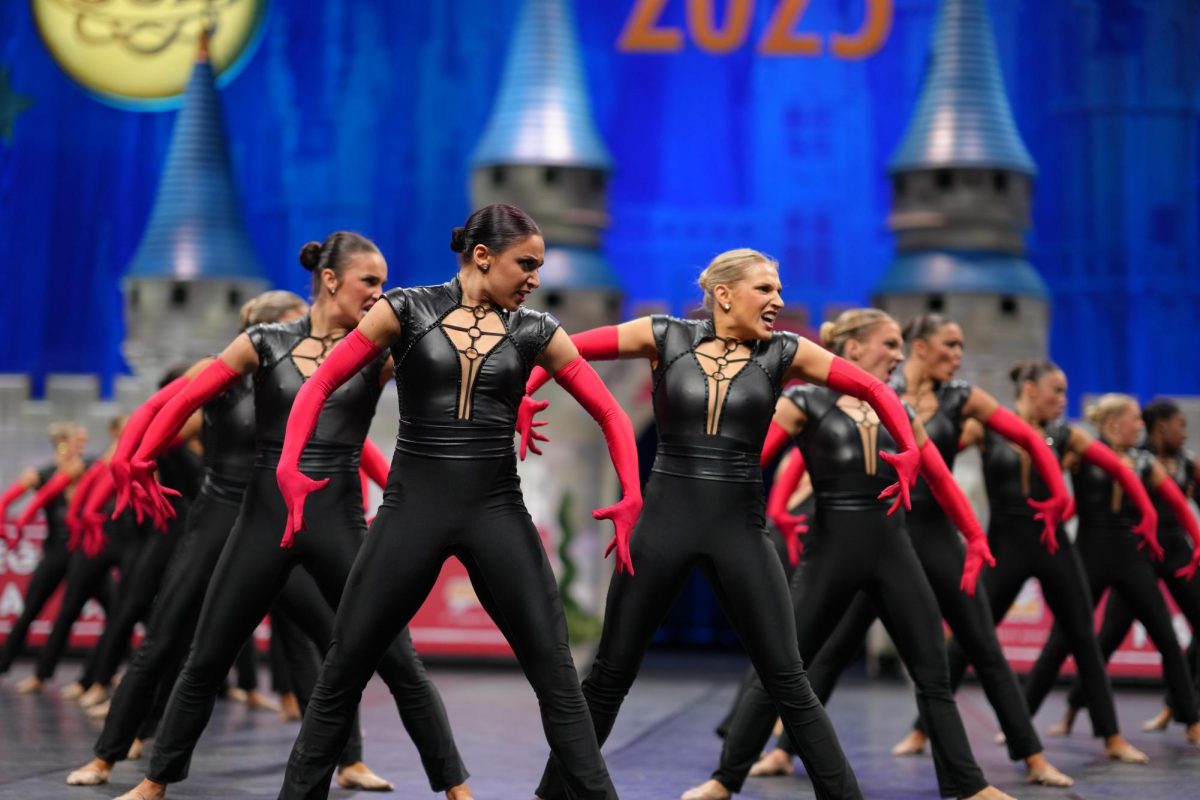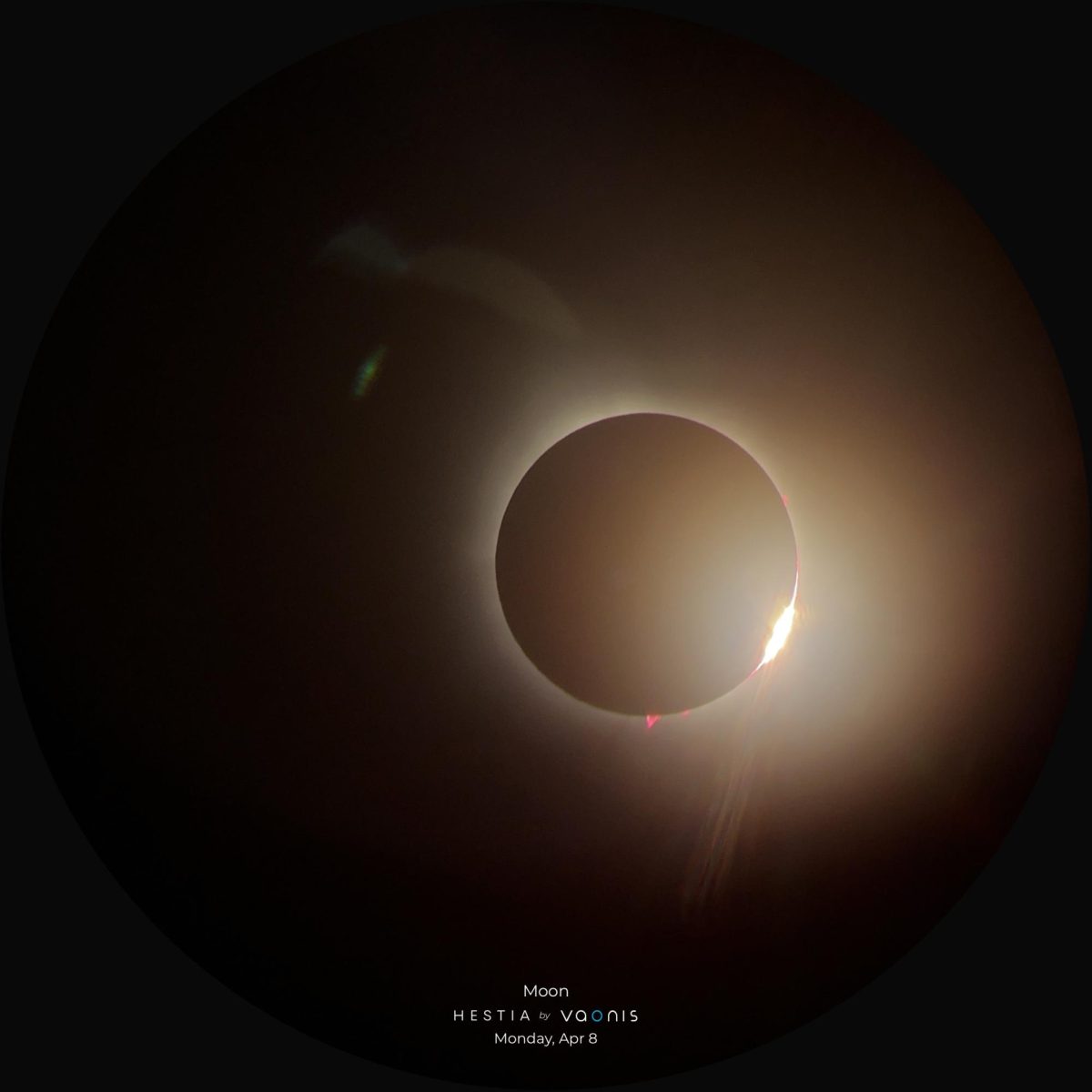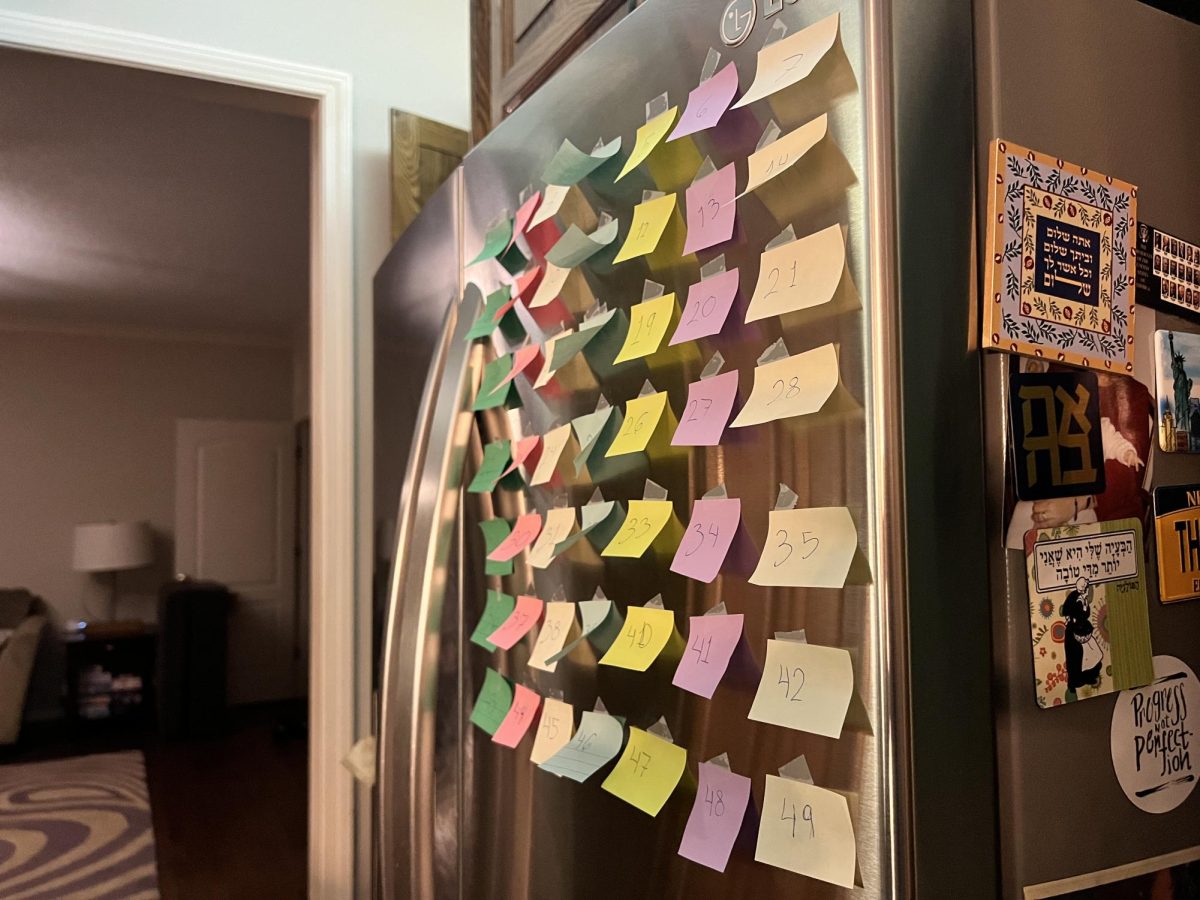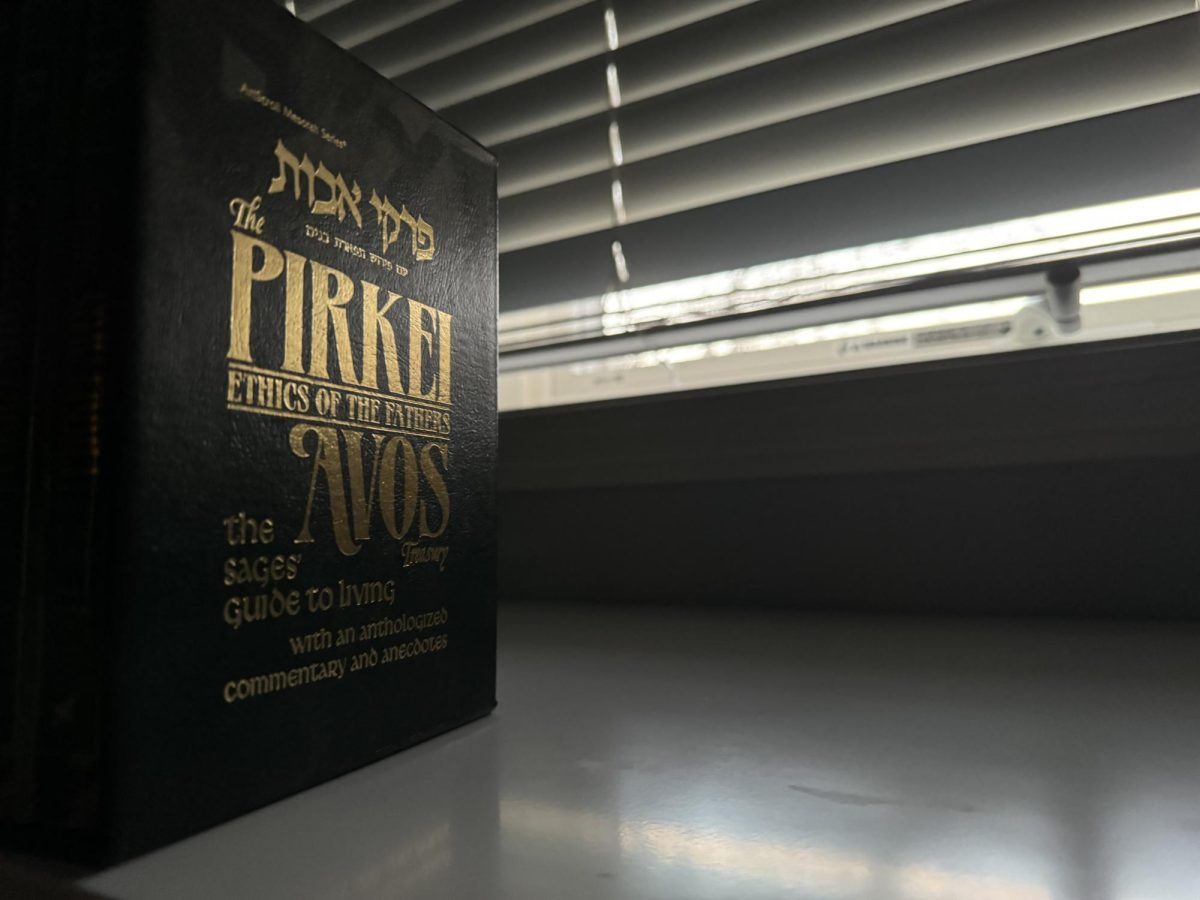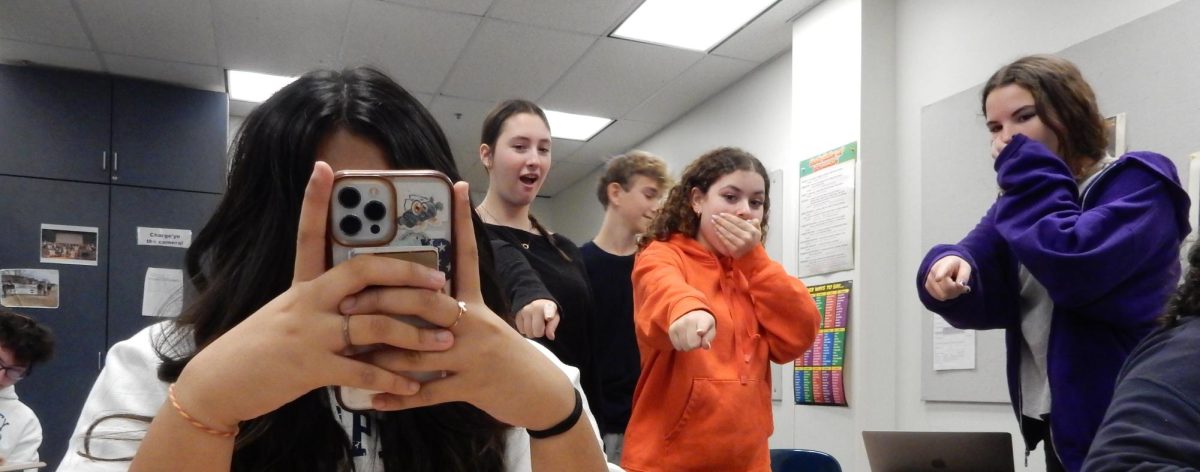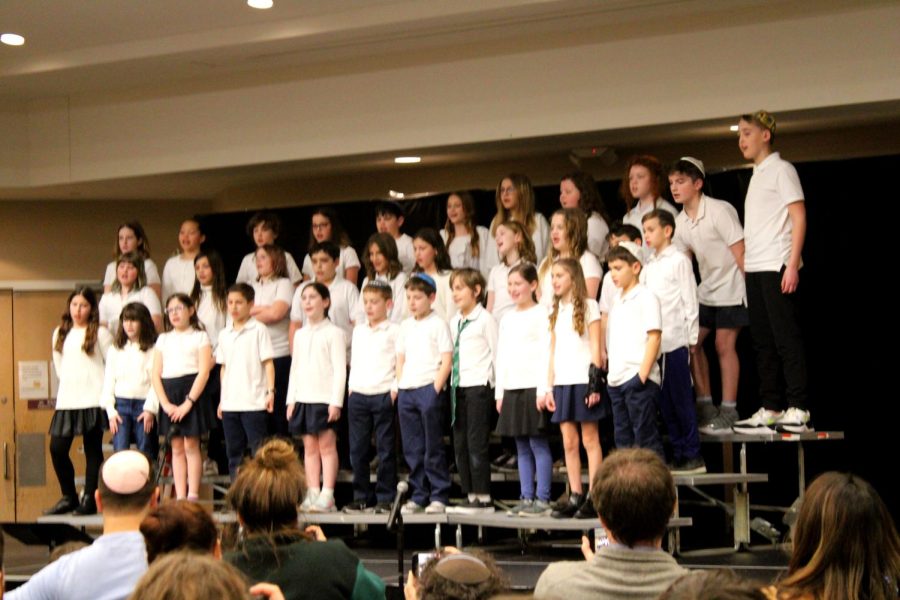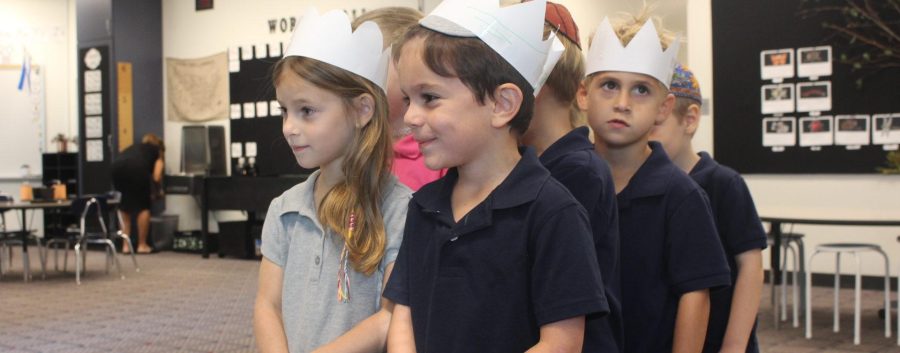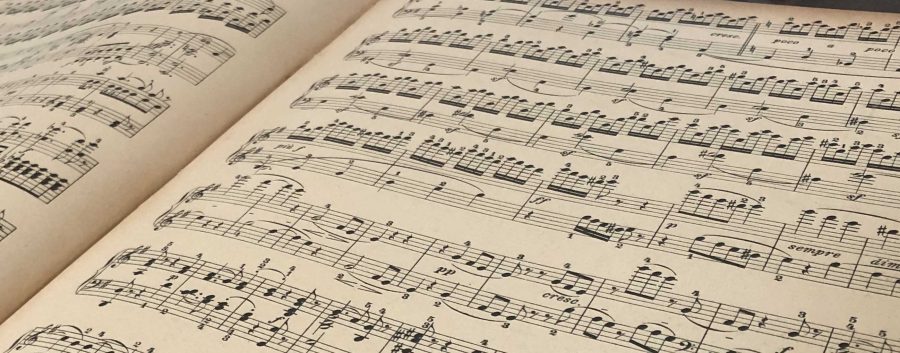Slider image by Dennis Krolevich.
https://youtu.be/3jx2bLGUAOo
Video by Jared Schultz.
The twentieth century music industry was full of outstanding instrumentalists and unique composing styles, many of which were rejected for their strange ideas and unorthodox structure. One genre from this time period that stands out is minimalism, a mash of baroque, impressionism, and even some romantic counterparts. Minimalism has surprisingly achieved popularity in its own era and has influenced contemporary music. Despite this, I believe that minimalist music is an absolute blight upon this earth and it is tainting the creativity that had been introduced in the last century.
For someone who has not heard the unbearably boring sound of minimalism, artists such as Philip Glass, John Adams, and Arvo Part are the experts of their field. To get an idea of what these pedestrian compositions sound like without exploring them, they primarily contain repeating melodies and basic, static harmonies. Philip Glass’ Saxophone Quartet is a good example of the description from before, where the first movement has the same minor chord progression with little variation and simple melodies. The second movement is seemingly distorted and has a few remarkable parts, but the problem is that it has the same expression throughout the entire piece.
This is a revolving theme in all four movements of the quartet, but the idea in composing music is to introduce new ideas and emotions with instrumentation. Another way of looking at it is that the goal is to tell a story. The Saxophone Quartet does not introduce either of these aspects, due to how each movement is basically one big phrase without change. While the melodies can be pleasant, the repetition of four measures with the same voice gets to be quite mundane. It’s almost as if Glass is trying to waste time with repetition.
Now, in musical standards, repetition is a popular technique because it gives the listener something to remember from the piece. Usually this is done correctly by starting with a theme, inverting it, and bringing it back again after the climax of a chord progression. A good example of this style would have to be Johannes Sebastian Bach, specifically his Piano Concerto no. 1 in D minor. The reason why I commend Bach for his style is simply because of the intricate voicings he writes are constantly moving, and he practically never repeats the same measure after it had been played a few seconds before.
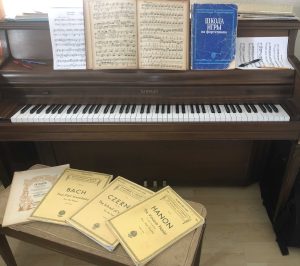
This is mainly because of the foundation of his music. In all of Bach’s Two Part Inventions, anyone can hear that they all have a similar build up and chord progression, but the reason he can get away with it is because of the ingenuity of the melodies.
When connecting minimalist styles to the modern design, the music is simple and has one basic structure: introduce the progression at least once or twice, continue with a melody, make one or two variations of the melody, and finish it off by repeating the exact same thing so that the piece is twice as long. After this concoction is brewed, the end result is a slow three minute song with a never-ending harmony. Examples include Oskar Schuster’s Madagascar and The Morning is a River by Sergio Diaz de Rojas. That is another aspect about modern classical pieces: they’re all so slow. How about something exciting for once, instead of pouring all your monotonic emotions into a score that makes me fall asleep.
For someone who is interested in hearing something exceptionally beautiful and exciting, listen to Dmitri Shostakovich’s 5th Symphony in D minor. This harmonic masterpiece outshines many musical pieces due to Shostakovich’s thought process when composing it. The first movement is the warm up for the rest of the piece and it ends with a question. The climax has a slow, open atmosphere that sounds eerie and unproportionate, but it really calms the listener down for the second movement which is fast paced and exciting.
It’s the weirdest feeling to feel so empty and confused, yet the next movement introduces a completely opposite idea. This new emotion that comes to the act makes me personally feel at ease, as if I’m sitting at home bored thinking of different ways to entertain myself. Of course, knowing Shostakovich, this giddy theme quickly turns into a bonanza of mixed emotions, going back and forth between total madness and a triumphant overlay. Easing into the third movement, a solemn expression is played throughout the piece, and the last movement finishes it all off with a vigorous sound and a heavy staccato with such an immense ending. Make sure you’re not listening to this with the volume on full blast and headphones on.
Now that the evolution of classical music has been covered, I want to dive into a few different non-classical genres.
Lyricism is the craze of the modern era and it has replaced the genuine musicality that a piece of music should have. Nowadays, all I have to do to become a hit is make up some wacky lyrics, hire another relatively-ok singer, and give the song the same structure that everyone else uses: I call this structure the “Ooo, Ahh…” method. The product of this cheat code is a 30 second chord intro, the main melody of the song, a countermelody, a break between the verses where only the “instruments” are playing, and an ending with the same melody from the beginning that may have a key change to make it sound interesting…
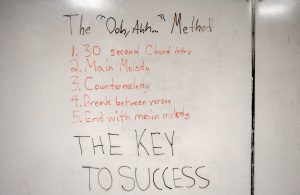
Here is a key example: High Hopes by Panic at the Disco. 0:10 marks the beginning of chorus, and at 0:40 the first verse starts. At 0:52 there is already a repetition of the previous measure, but instead, he uses different lyrics to make it… unique? Going to 1:05 the countermelody appears with a minor progression for 10 seconds, and the chorus follows at 1:15. Notice how the chorus repeats for two measures, just like the main theme and its countermelody. At 1:39 the singer jumps back to the 1st verse, however, he does not repeat it. There’s something new. Instead of repeating, the writer introduces a new composition at 1:51 that repeats for yet another two measures. 2:05 strikes, and we are back to the countermelody. For the last minute of the song, all the same ideas are again revisited and the last finishing touch is none other than the beloved bass drop (2:49).
So, from this one example anyone can tell that there really wasn’t much thought put into the instrumentation nor the melodies. The entire song revolves around one single concept that is repeated so that anyone can anticipate what the next phrase will sound like.
While I could explore many more bands and singers, this analysis sums up the majority of trending music. However, just for clarification, the “Ooo, Ahh…” method can be found in the following artists’ works of garbage: Ariana Grande, The Strumbellas, and Imagine Dragons.
I can understand that the implementation of poetry into music has given it a new, creative counterpart, but when generic bands or singers forget how to introduce variation into their work they are eradicating an important element of their passion.
To conclude I would like to recognize some of my preferred classical composers and their art to show how they inspire others.
Sergei Prokofiev Violin Concerto in D major, Sergei Rachmaninoff Symphonic Dances, Johannes Brahms Cello Sonata no.1, Dmitri Shostakovich String Quartet no.8, Ludwig van Beethoven Piano Sonata no.29, Chopin Piano Etude Op. 25 No.11 “Winter Wind”, Tchaikovsky Piano Concerto No.1.


